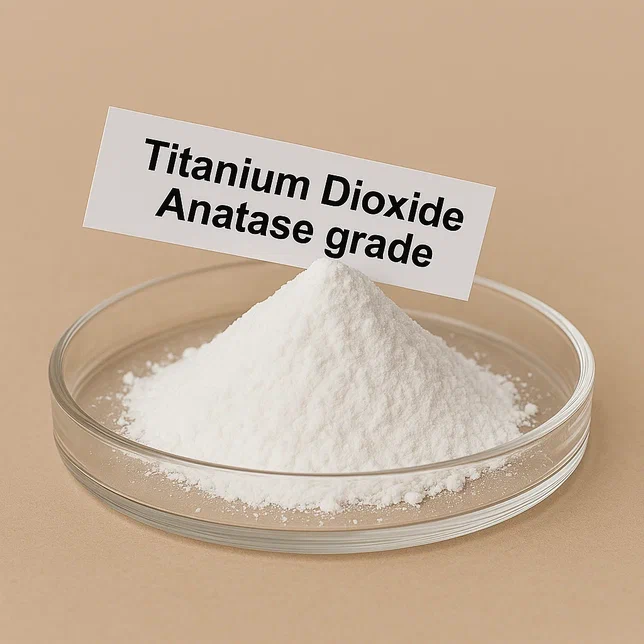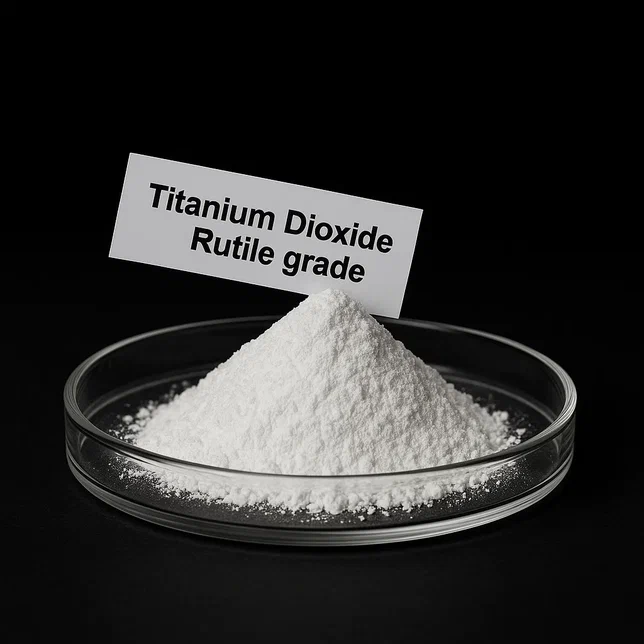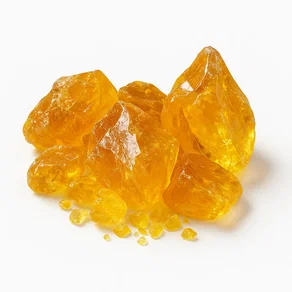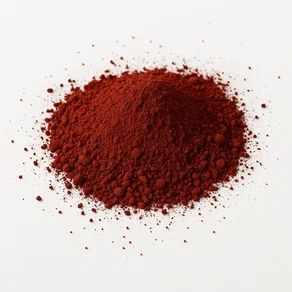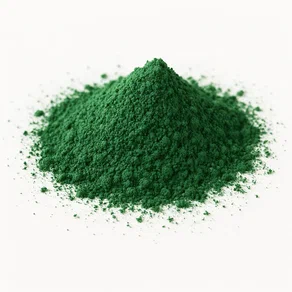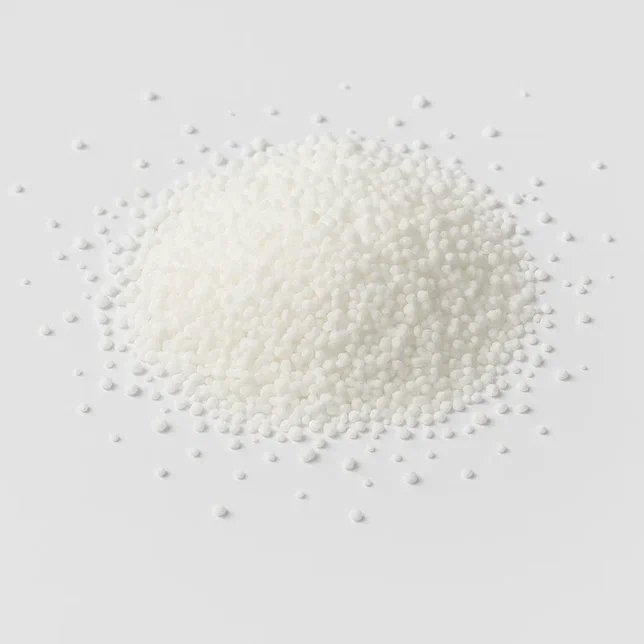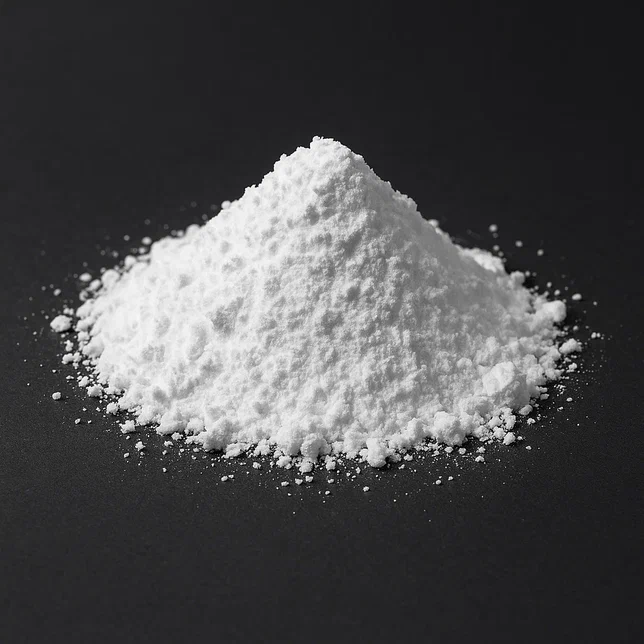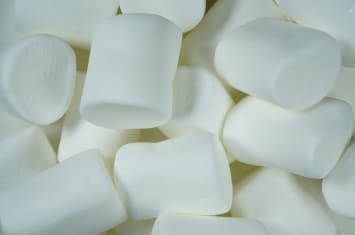Magnesium Oxide
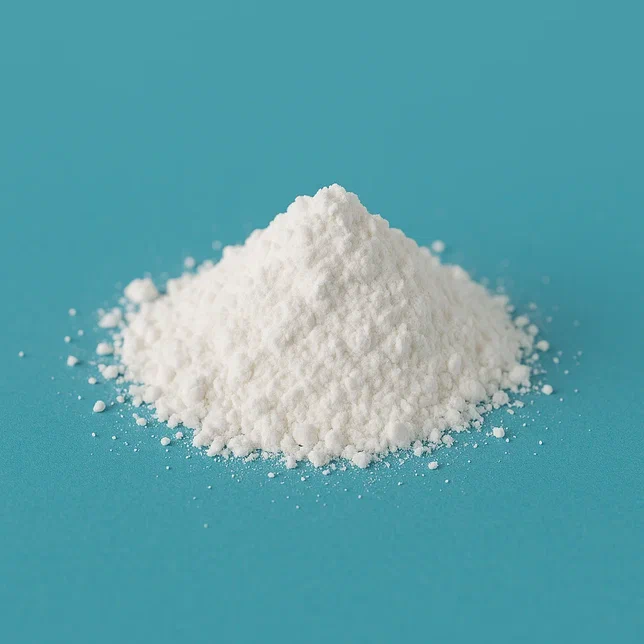
- Description
- Features
- Application
Calcined magnesia is magnesium oxide appearing as a white or light gray odorless powder. Depending on the degree of calcination and purity, caustic (active), technical, and fused forms of magnesium oxide are distinguished, each used in various industries.
In crystalline form, MgO is practically insoluble in water and reacts poorly with acids, but in powder form it dissolves easily in acids and gradually converts to hydroxide in water. The product has high refractory properties, low thermal conductivity, good adsorption properties, and resistance to acids and aggressive environments. The active form of MgO is characterized by high reactivity.
Magnesium oxide is widely used in metallurgy, construction, chemical, food, and pharmaceutical industries. It is a versatile material demanded both in the manufacture of refractory products and as an additive, stabilizer, filler, and sorbent.
| Characteristic | Value |
|---|---|
| Appearance | White or light gray fine powder |
| MgO content, % | 85–95 % (depending on calcination degree) |
| Activity (reactivity), % | ≥ 60–80 % |
| Specific gravity, g/cm³ | ~3.2–3.6 |
| Bulk density, g/cm³ | 0.3–0.8 (depending on grinding fineness) |
| Particle size (D₉₀), µm | ≤ 100 (or finer upon request) |
| Melting point | ~2800 °C |
| Solubility in water | Practically insoluble |
| Solubility in acids | Dissolves with formation of magnesium salts |
| pH value (10 % suspension) | 10.5–12.0 |
| Loss on ignition (LOI), % | ≤ 6.0–8.0 |
| Porosity | High |
-
Construction industry — used for manufacturing refractory materials such as fire bricks and coatings, as well as a component in concrete and construction mixes.
-
Medicine — used as an antacid for treatment of gastrointestinal diseases (e.g., heartburn) and as an additive to improve bone mineralization.
-
Chemical industry — raw material for producing various chemical compounds, such as magnesium chloride (MgCl₂), used to obtain magnesium and other compounds.
-
Electronics — used in manufacturing high-quality insulating materials for cables and electronics due to its electrical insulation properties.
-
Food additives — used to improve product quality and as a magnesium source in some dietary supplements.
-
Glass production — added to glass compositions to improve heat resistance and strength.
-
Magnesium oxide’s high heat dissipation makes it valuable in many technological and industrial processes.
Other products
Applications of Titanium Dioxide
The scope of application of titanium dioxide is wide. Titanium is used in most cases
 EN
EN RUS
RUS